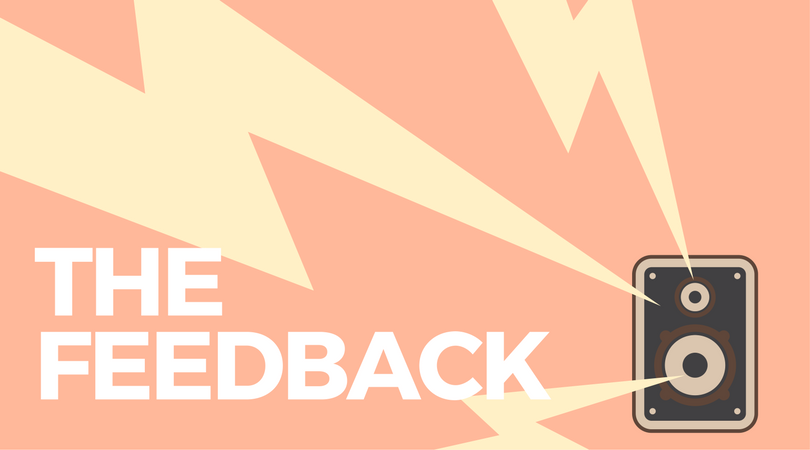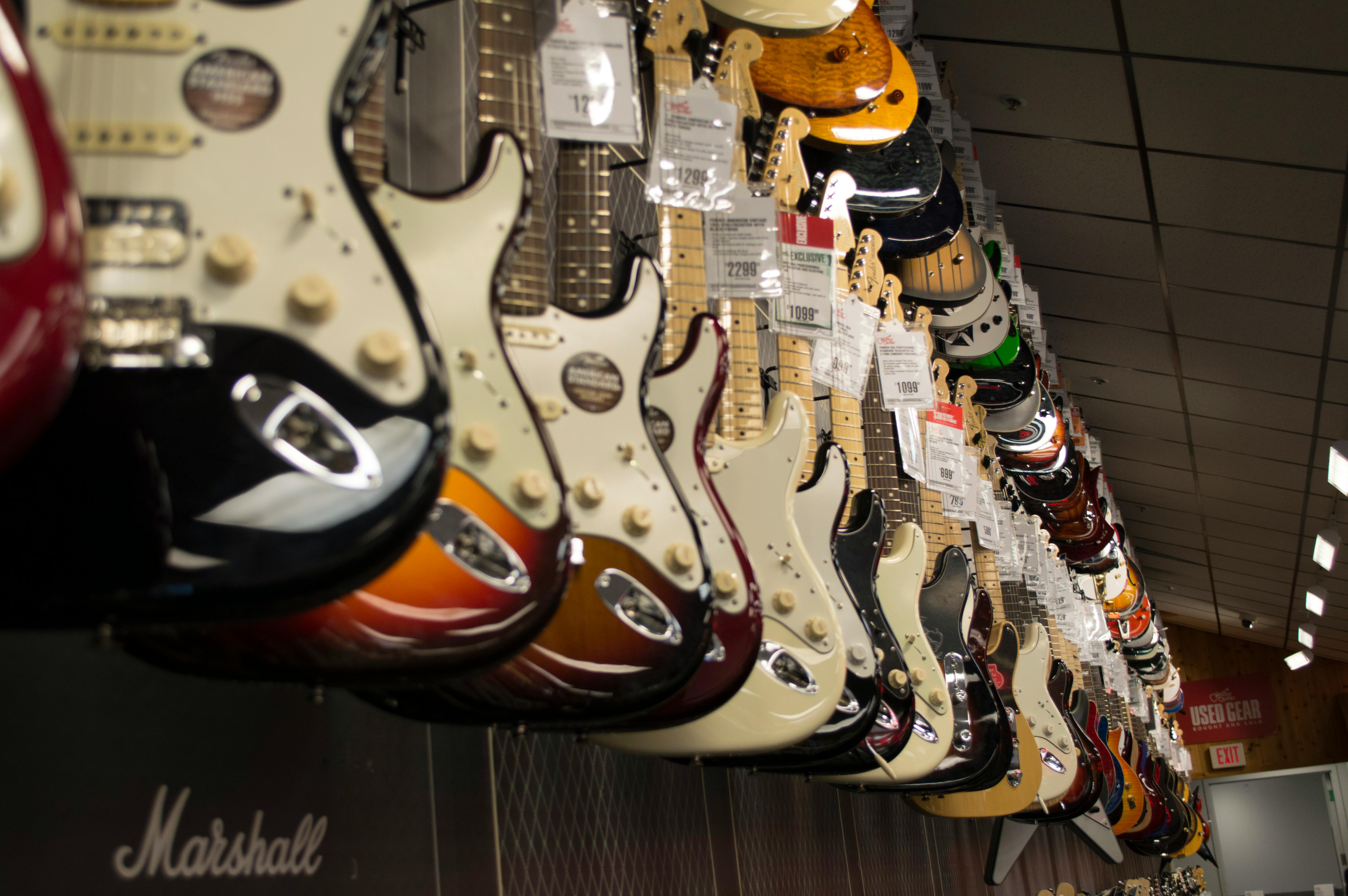
By Billy Saefong
Welcome to The Feedback! We know you have guitar questions, and we want to help. If you have any questions on playing, choosing gear, songwriting, recording, performing live, etc, send us your questions using this form and we'll try our best to answer some of them in a blog post, like this one, so every guitar learner can learn from the wisdom of the guitar gurus. Please keep your questions in relation to guitar playing, and keep them clean!
And remember, there are tons of ways to be part of the Guitar Tricks community. A great way to get your questions answered is by posting on the forums right here. But enough with italicized explanations, to your questions!
I used to have a guitar, years ago, but kind of ditched the whole idea of learning guitar, because I felt my fingertips are too fat (I am 6'5 and have quite big hands) and there wasn't really a good "workflow" to follow. So before signing up with you guys, I'd really appreciate if you could point to a right direction finding a guitar for a guy who has big hands and fatter fingers. Excited to pick it up again, cheers! – Chris
Ah, the age-old question! Your fingers can never be too big, or too tiny to play guitar. My hands are on the smaller side, so I understand where you're coming from. But I've learned to stretch my fingers and with a lot of practice, I can play comfortably.
It also sounds like you have to find another guitar, or if you don't currently have a guitar, you need to just find a guitar that fits. Guitars come in all shapes and sizes and you'll need a guitar with a wider neck, so you can easily form chord shapes and hold the frets without feeling cramped. The best way to do this is to go to your local guitar shop and try a bunch. Talk to some of the employees about this problem and they'll most likely be able to find something for you. To find a guitar with a wider neck, you want to look for a guitar with a larger "nut width." Nut widths on a standard acoustic steel string guitar are 1.75 inches wide. Some guitars have a wider nut width that are 1.88 inches, and classical guitars have a pretty wide neck with a nut width of 2 inches.
Just remember, it's not your fingers, it's the guitar! You can still learn to play guitar, you just have to find the right instrument. Best of luck!
What’s the best guitar under 10-15k? - Kirti
Any Fender Custom Shop guitar, and please buy me one as well! Jokes aside, there's a point of diminishing returns when it comes to instrument pricing. I would bet that a $10,000 guitar may not be that much better or if at all, than a sub $3000 axe.

I came across a $15,000 guitar that was played by Jeff Beck last weekend. Maybe Jeff played it once, or twice before giving it away, who knows. Realistically, that guitar was probably worth between $1,000 or $2,000 since it was American. It's more important to get a good, solid playing guitar with some nice pickups for that much money. You honestly can't go wrong with an American-made Les Paul or Fender. If you want to go a little crazy, I'm sure you can find a number of special, boutique guitar makers willing to craft you something really special. But seriously, if you've got that much money weighing you down, buy your entire family memberships to Guitar Tricks!
But seriously, how about that Custom Shop? :)
Where is the best online place to find a visual chart for chords? I'm a beginner. I'm more of a visual learner than anything else. So anything with finger placement and clear instructions are highly welcomed. Thank you. - Angel
Angel, check this out! Guitar Tricks has a ton of great chord charts right here.
Hello, I'm Kierra and I was wondering where do I start. I already play clarinet and I started learning scales. Do I also start learning notes in scales, then full scales? Do I start learning chords? Please help! - Kierra
A very good question! Our Guitar Fundamentals course starts with chords first before moving into scales, and I too believe, that is the best way to go. Scales require a bit more finger dexterity and accuracy, as well as a familiarity with the fretboard. These are skills you may not have yet, and generally, it's a bit easier to get around a scale once you've been able to exercise your fingers with chords. Learning chords first is important because you can easily begin to play actual songs with just a few chords, and honestly, that's one of the best confidence boosts you can get as a guitar player.
Whether you choose to learn scales or chords first, don't forget to have fun! If you're really stuck, then I suggest you learn to play a song you really like, that always helps. Now go shred, and be free!
Suggest me some guitar effects pedals/stomp box to get a great smooth and creamy guitar solo. I have a tube overdrive, distortion pedal, and a digital delay. Please tell me what should I buy next for killing badass riffs and good solo tones - Lenin
So you want to kill "badass riffs" and get some sweet nasty "smooth and creamy" guitar solos? Bruh, check out the Drybell Effects Uni Vibe. It's got more effects and psychedelics than that awful Speed Racer movie with Emile Hirsch. Check out our review of the box here.
I have temporarily replaced a 10 gauge E string with a 13. Do you foresee any problems doing this? – M.
Since you mentioned 10s, I'm going to guess that you're talking about the high E string. I don't see any problem with this, except that your high E tones are going to be a little fatter than before, and maybe that'll work for you. It's also important to note that putting a thicker string gauge means it may not fit the nut slot. You may have to carve it out a tiny bit to accommodate. Check it out and let us know what you think!
All right! That's it! If you have guitar-related questions please send them our way using this sweet, nifty form, and we'll answer them as best as possible right here on the Guitar Tricks blog!
For more GT, follow us on Facebook, Twitter, and don't forget to subscribe on YouTube for free lessons.